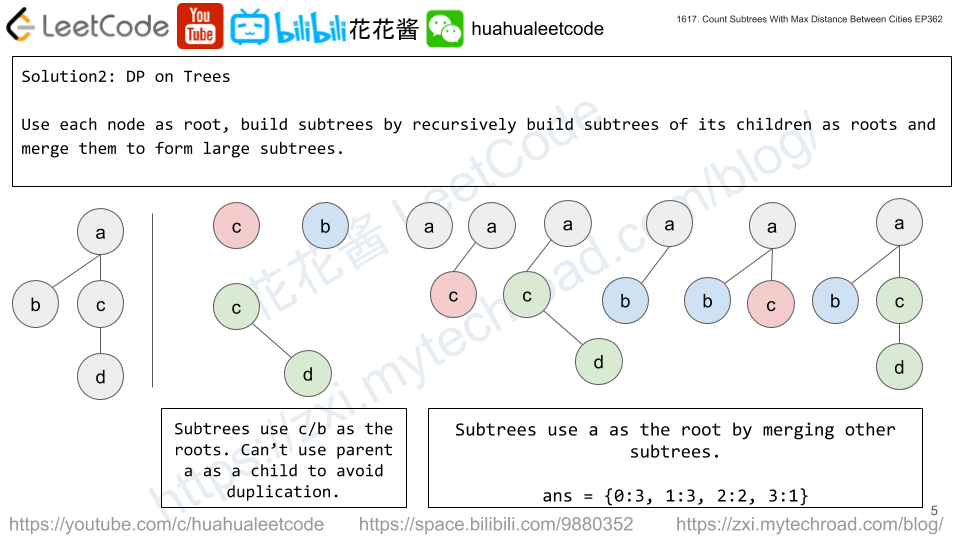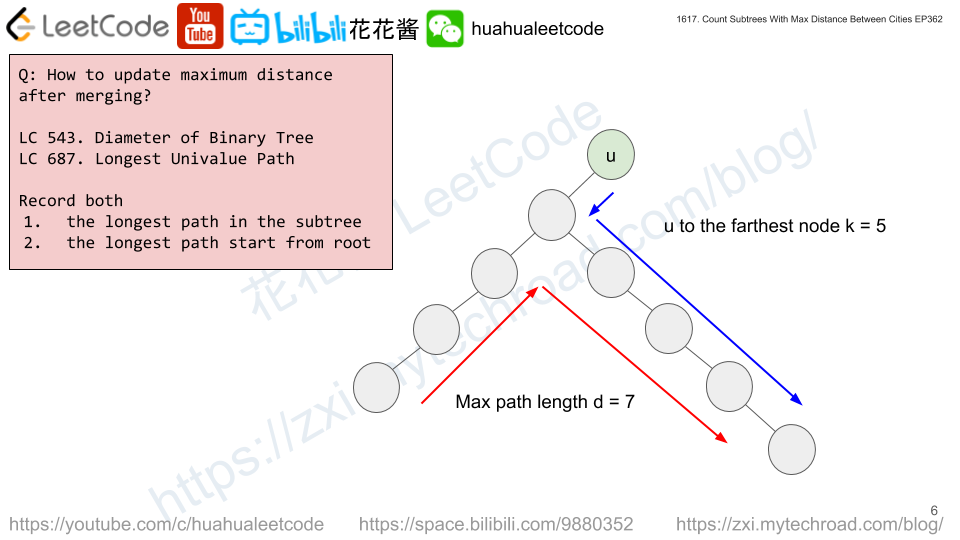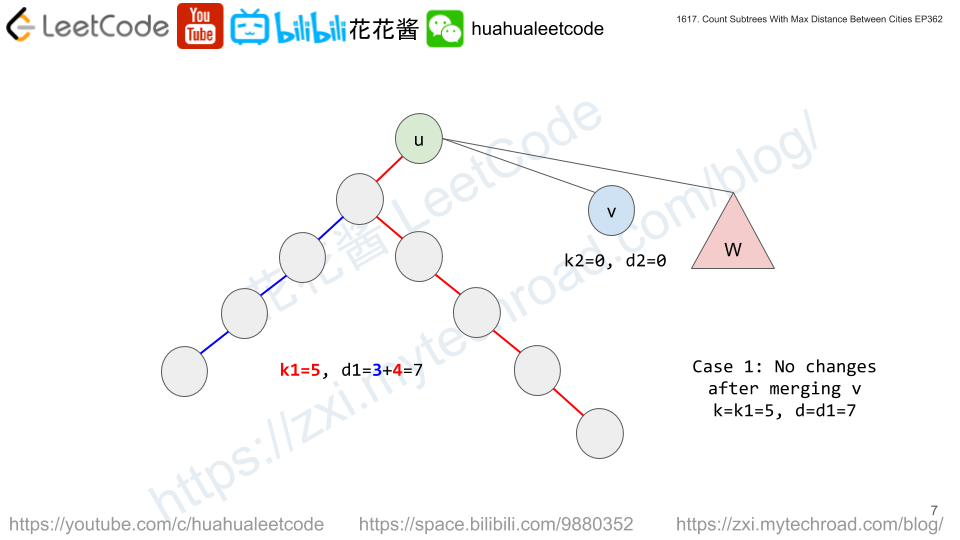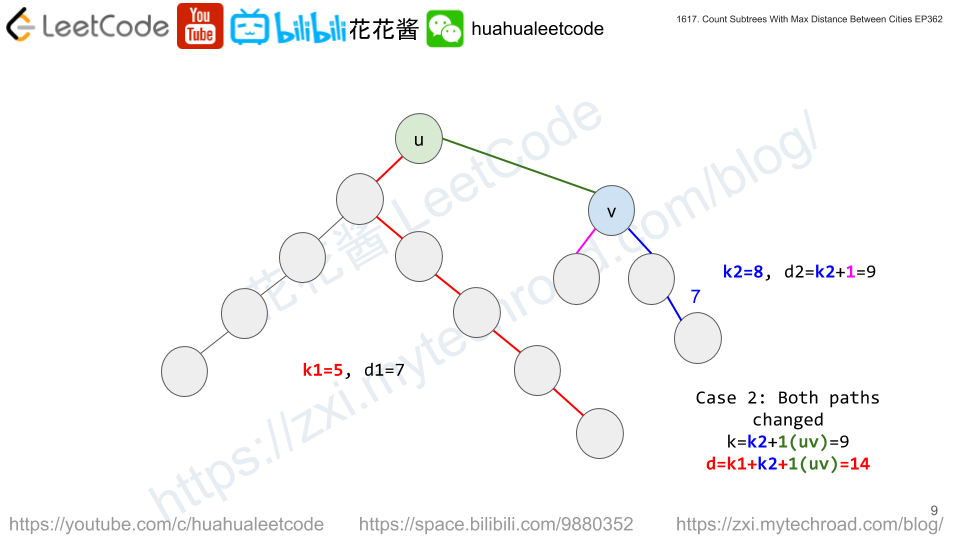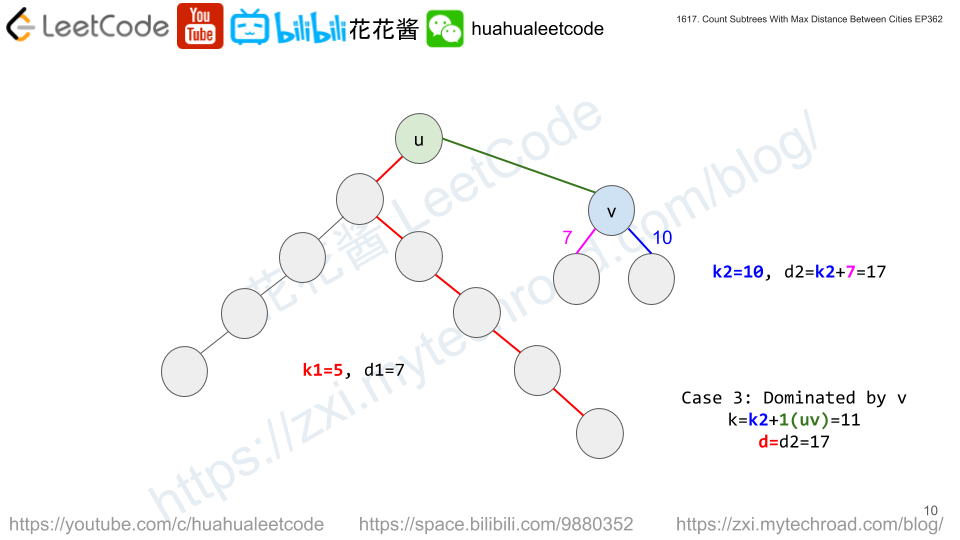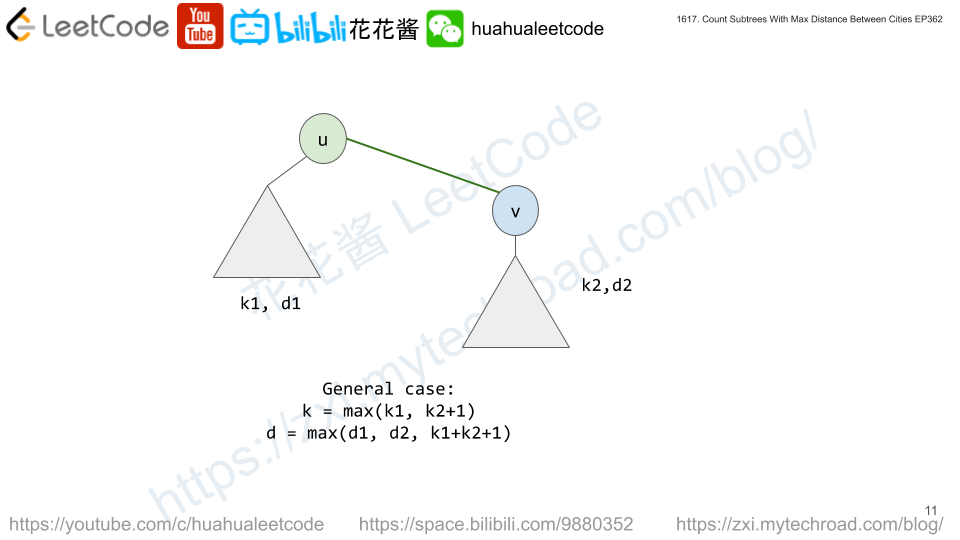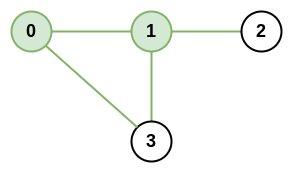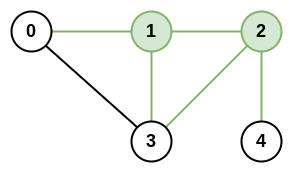Given an integer array arr, return the mean of the remaining integers after removing the smallest 5% and the largest 5% of the elements.
Answers within 10-5 of the actual answer will be considered accepted.
Example 1:
Input: arr = [1,2,2,2,2,2,2,2,2,2,2,2,2,2,2,2,2,2,2,3] Output: 2.00000 Explanation: After erasing the minimum and the maximum values of this array, all elements are equal to 2, so the mean is 2.
Example 2:
Input: arr = [6,2,7,5,1,2,0,3,10,2,5,0,5,5,0,8,7,6,8,0] Output: 4.00000
Example 3:
Input: arr = [6,0,7,0,7,5,7,8,3,4,0,7,8,1,6,8,1,1,2,4,8,1,9,5,4,3,8,5,10,8,6,6,1,0,6,10,8,2,3,4] Output: 4.77778
Example 4:
Input: arr = [9,7,8,7,7,8,4,4,6,8,8,7,6,8,8,9,2,6,0,0,1,10,8,6,3,3,5,1,10,9,0,7,10,0,10,4,1,10,6,9,3,6,0,0,2,7,0,6,7,2,9,7,7,3,0,1,6,1,10,3] Output: 5.27778
Example 5:
Input: arr = [4,8,4,10,0,7,1,3,7,8,8,3,4,1,6,2,1,1,8,0,9,8,0,3,9,10,3,10,1,10,7,3,2,1,4,9,10,7,6,4,0,8,5,1,2,1,6,2,5,0,7,10,9,10,3,7,10,5,8,5,7,6,7,6,10,9,5,10,5,5,7,2,10,7,7,8,2,0,1,1] Output: 5.29167
Constraints:
20 <= arr.length <= 1000arr.lengthis a multiple of20.0 <= arr[i] <= 105
Solution: Sorting
Time complexity: O(nlogn)
Space complexity: O(1)
C++
|
1 2 3 4 5 6 7 8 9 10 |
// Author: Huahua class Solution { public: double trimMean(vector<int>& arr) { sort(begin(arr), end(arr)); const int offset = arr.size() / 20; const int sum = accumulate(begin(arr) + offset, end(arr) - offset, 0); return static_cast<double>(sum) / (arr.size() - 2 * offset); } }; |


